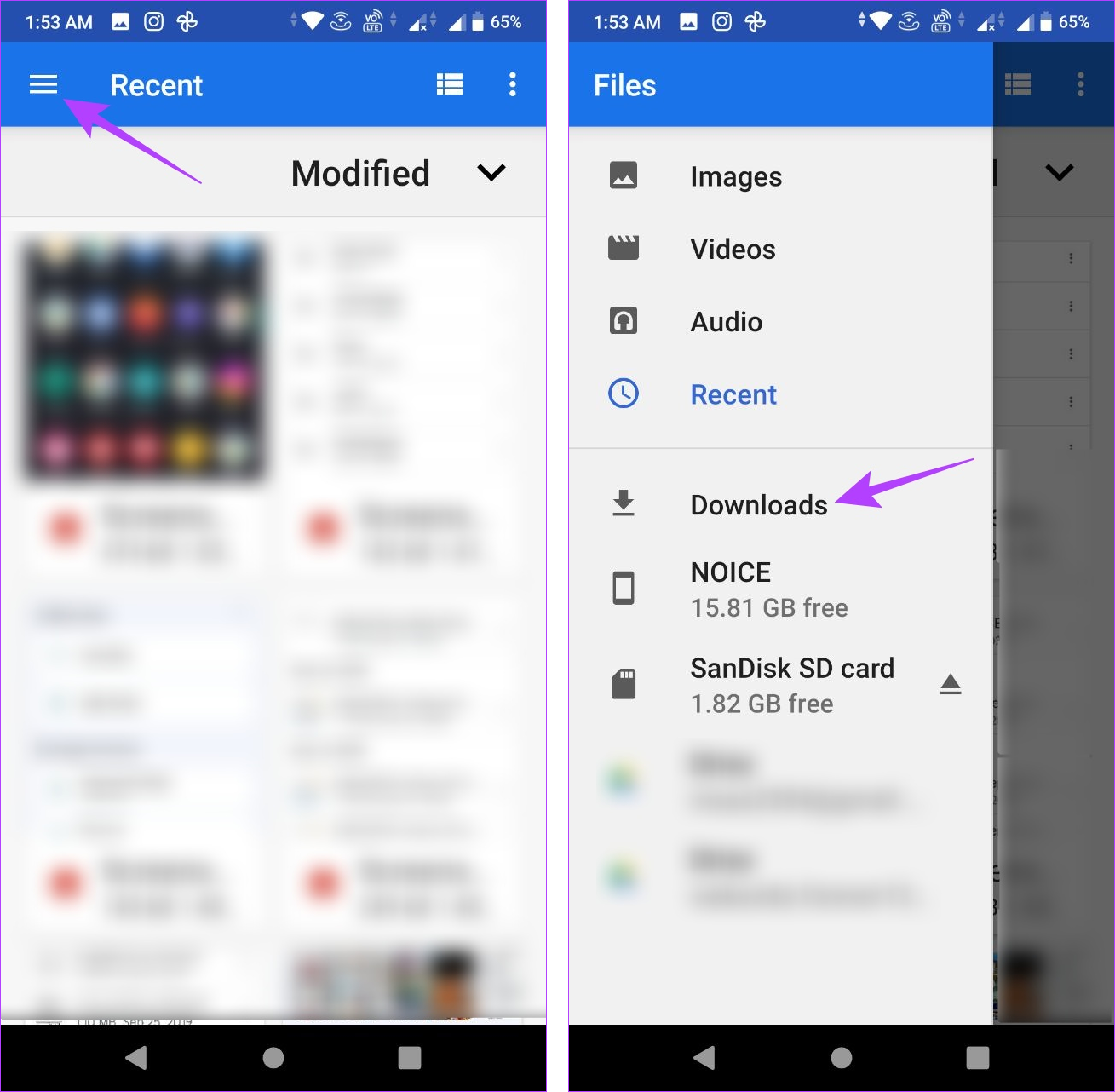Indicators on download apps android tablet You Should Know
Indicators on download apps android tablet You Should Know
Blog Article
Finding downloaded files on your Android device can be a obstacle. Effortlessly, your phone can swiftly come to be jumbled with pictures, videos, screenshots, and other documents. To maximize area on your device, it's essential to keep track of where your downloads are conserved. In this manner, you can quickly determine and delete unneeded documents.

If you're having difficulty locating a critical data that seems to have actually vanished right into thin air, are afraid not! This overview is here to aid you track it down and get your Downloads folder in order. Whether you're a proud proprietor of one of the premier Google Pixel phones or another Android tool, we'll show you how to swiftly find your downloads and maintain them neatly arranged.
Discover your downloads with the default documents manager
Each smart device maker may use a slightly different integrated Android app for documents administration, yet your experience ought to be comparable. If you own a Samsung phone, describe our tutorial, which demonstrates how to discover downloads on your Samsung Galaxy phone.
Similar to various other popular os, Android has actually a marked Downloads folder for storing data. To situate your downloaded data on your tool, follow these steps:
1. Open up the Files or My Data app from the home display or application drawer.
2. Look for a section called Downloads.
3. Tap it to check out the documents you downloaded.
Use the Data by Google application for your downloads
Numerous Android file manager applications on the Google Play Shop permit you to situate your downloaded and install documents. Files by Google is among the most effective options if you don't want to take care of difficult UIs. It's likewise a excellent substitute for any kind of default file manager app preinstalled on your gadget.
4. Open the Documents application.
5. Select the Browse tab near the bottom.
6. Faucet Downloads.
7. Select the Download and install tab to see the data because folder.
Find your downloads manually
Navigate to your phone's internal storage if you can not locate the storage space place of the Downloads folder on the homepage of your data manager app. Here's just how you do it:
1. Open the Documents application.
2. Select the Browse tab at the bottom.
3. Scroll down and most likely to Interior storage.
4. Tap the Download and install folder.
Relocate your downloads to one more location
Transferring files out of the for various factors, particularly for documents that hold sensitive or personal information. Placing such documents in their assigned folder enhances their protection and decreases the risk of unintended deletion. In addition, it helps stop them from being lost among the multitude of unrelated files you may download.
1. Open the Files app.
2. Navigate to your Download folder.
3. Tap the three-dot menu to the right of any file.
4. Choose the Move to option.
5. Tap Internal storage at the bottom.
6. Select any location or folder.
7. Tap Move here to transfer the file to that location.
You can also use the Copy to option and paste these files to another location. This allows you to create as many duplicates as you want without removing the original files from your Download folder.
View the exact location of your downloadsM/b >
At times, you might need to locate the Download folder click on the three-dot menu beside a downloaded file and select File info. For many up-to-date Android devices, the default path for downloads is/ storage/emulated/0/ Download. Although certain third-party web browsers could save files elsewhere, this is typically the primary download location.
Managing your downloads is easier than you think
The Files app by Google is an excellent choice for those who appreciate a straightforward file management solution. With its user-friendly interface and simple features, this app effectively categorizes your files into different types such as downloads, images, videos, and audio. Additionally, it provides the option to remove unnecessary files.
Speaking of tidying up, you can free up more storage space by learning how to delete unwanted WhatsApp media files. You can install an SD card on some Android devices if you're still short downloads for android apps on space.
Report this page